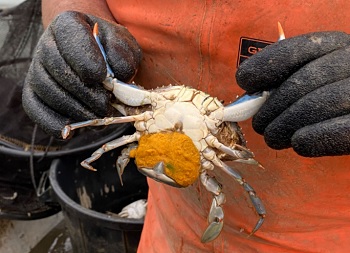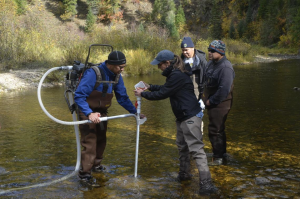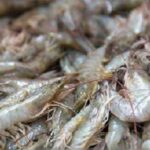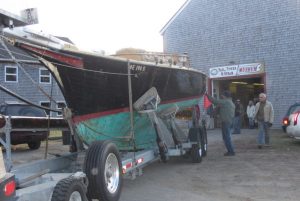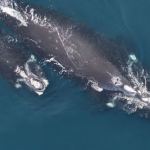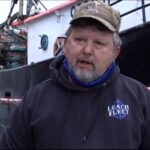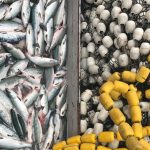Tag Archives: Callinectes sapidus
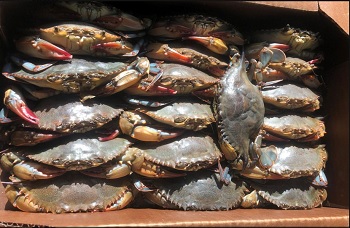
Soft-shell crab season is ‘the start of all the good stuff’
One local delicacy seafood is quite popular in the Lowcountry this time of year. Soft-shell crabs, or female blue crabs, are being caught, sold and cooked in homes and restaurants along the state’s coast. Callinectes sapidus or “beautiful swimmers” are more commonly referred to as Atlantic blue crabs. Although they can be caught all year long, the peak molting, or shedding process, of a female crab’s exoskeleton to create the soft-shell normally occurs during the springtime in South Carolina saltwater. “The timing is dictated by the crabs, and when they molt is really dictated by water temperatures. So in our waters, molting can occur year round, but the peak of molting for these females is really in the April-May,, photo’s, >click to read< 13:52
Important facts about the blue crab (Callinectes sapidus) savory, beautiful swimmer
 Of all the edible crabs, the blue crab is the most abundant and popular. Many Americans prefer crab meat to any other kind of seafood, and yet, these leggy crustaceans were once believed to be poisonous. Crab fishing is one of the largest shell fish operations in the U.S., employing thousands of fishermen and processors. According to the latest figures,, Read more here 16:09
Of all the edible crabs, the blue crab is the most abundant and popular. Many Americans prefer crab meat to any other kind of seafood, and yet, these leggy crustaceans were once believed to be poisonous. Crab fishing is one of the largest shell fish operations in the U.S., employing thousands of fishermen and processors. According to the latest figures,, Read more here 16:09






